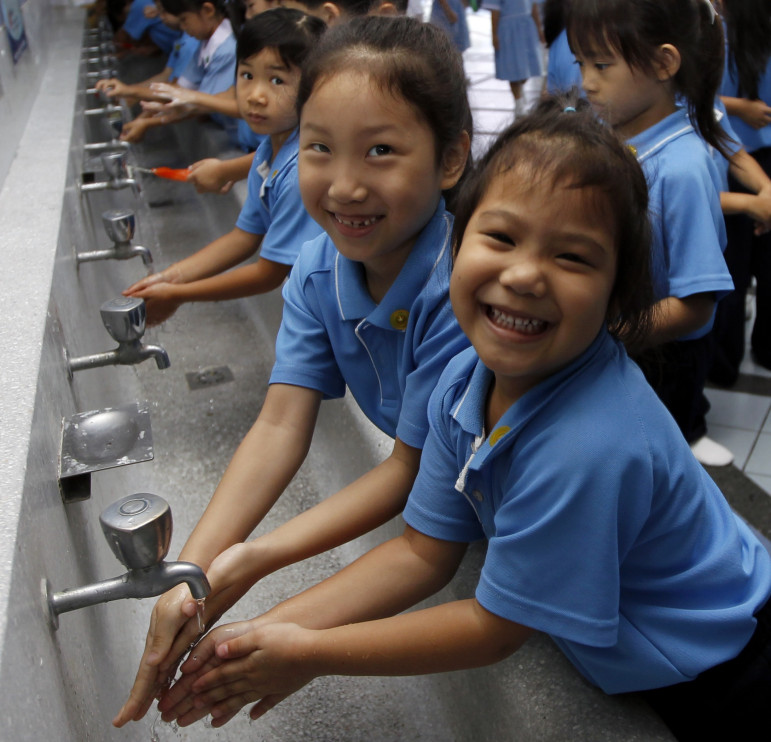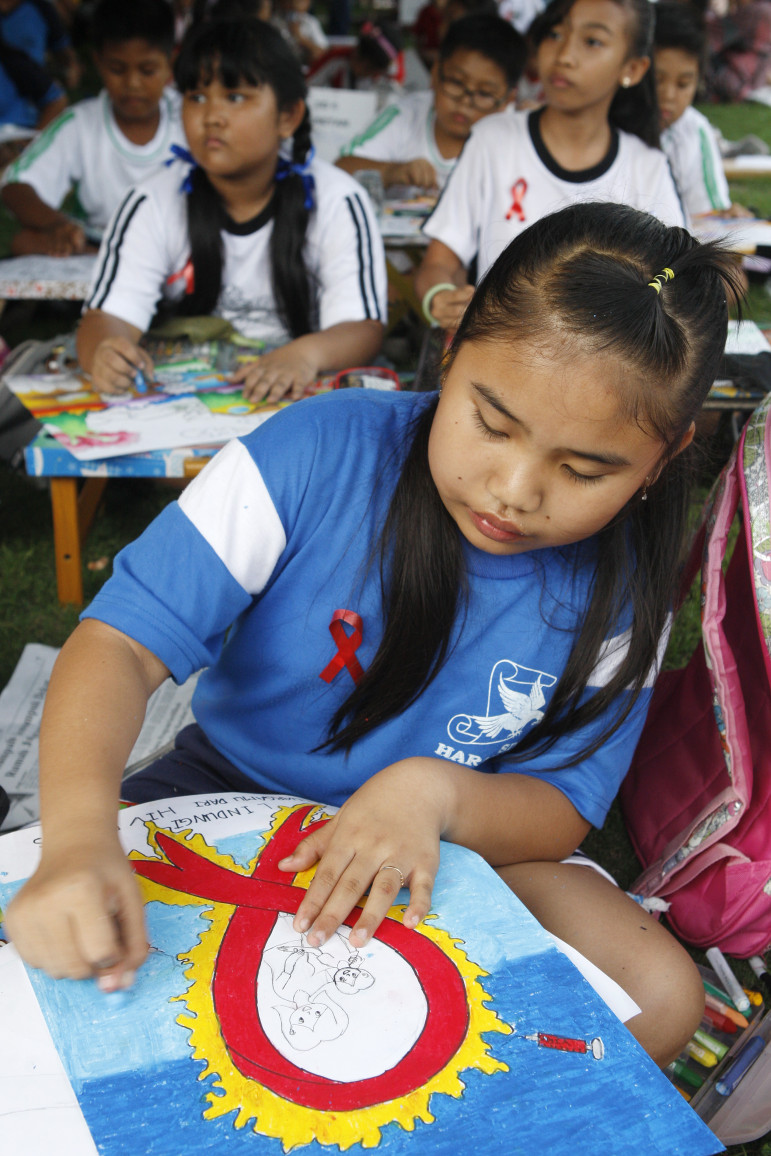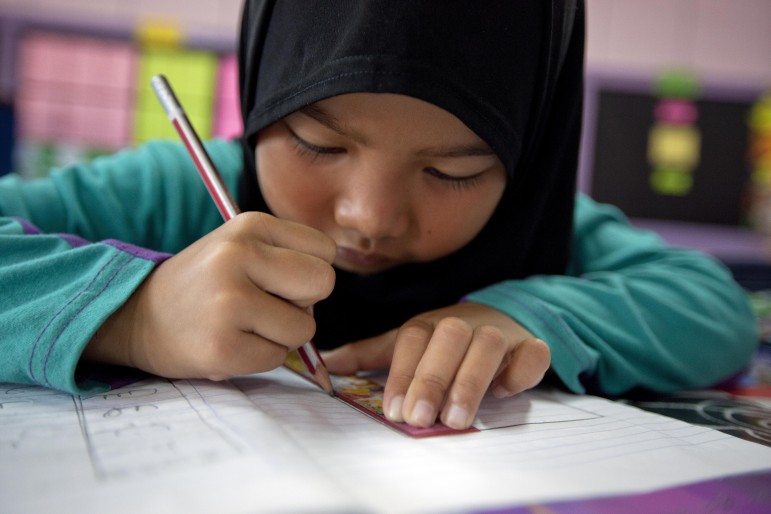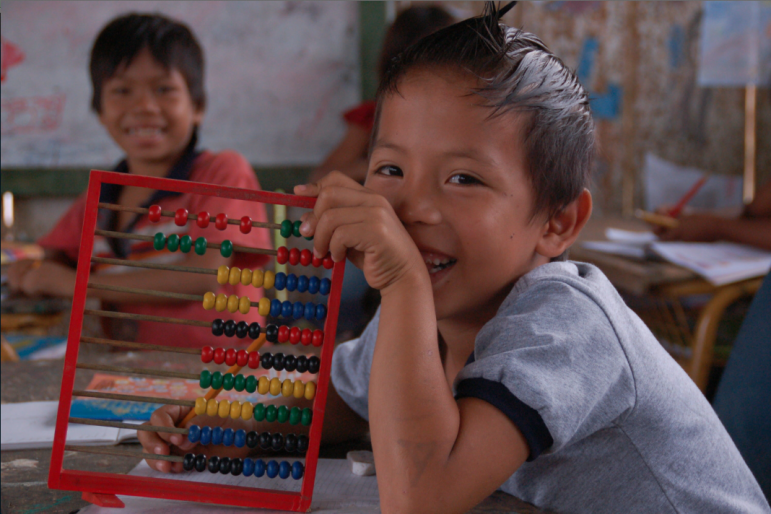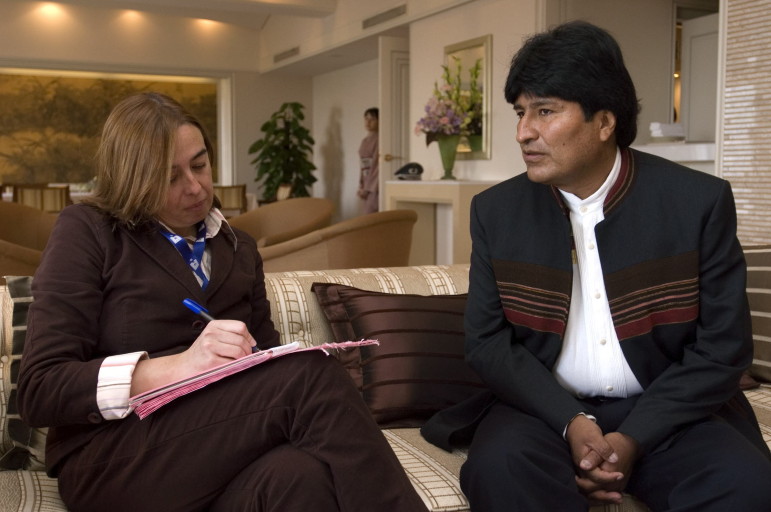
Reporting Tools & Tips
The Art of the Interview
The interview is one of the—if not the—most important tools we as journalists have to obtain information, to expand on information we may have from other sources, and to clarify facts and see things from different perspectives. We use the interview to expand upon the basic “who, what, where, how, when and why” of newsgathering. This is true whatever beat we may be covering: health, economics, politics, or issues having to do with the Millennium Development Goals (MDGs).

